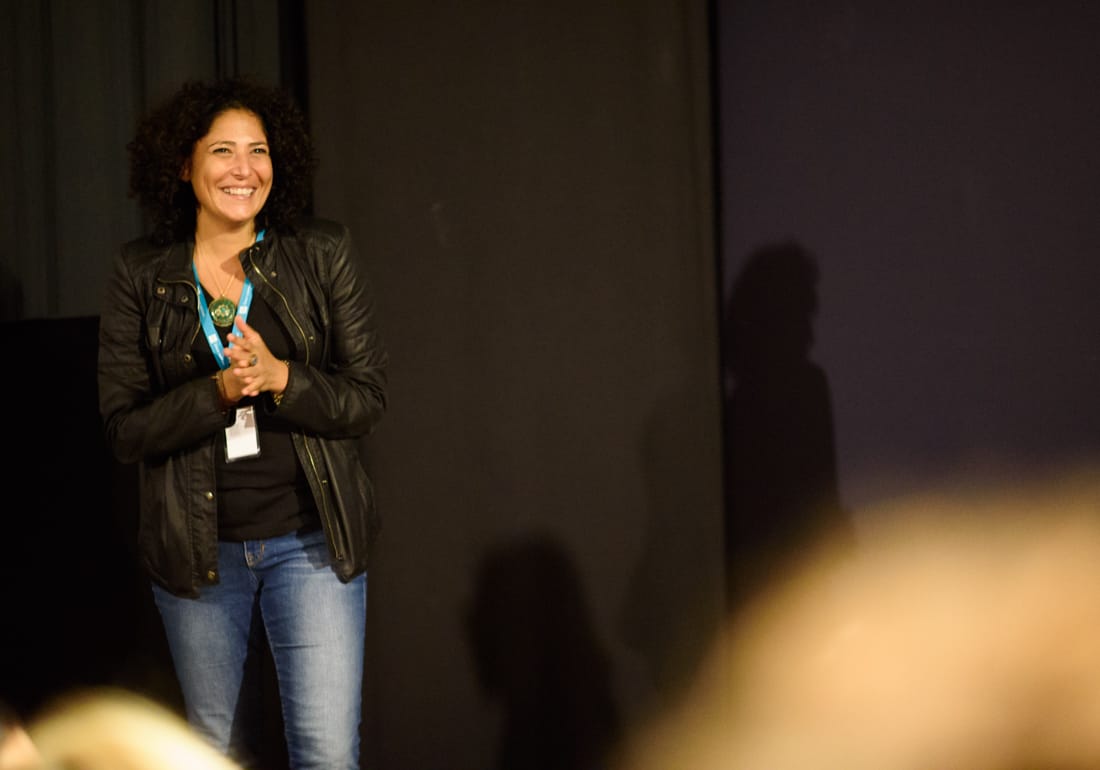Since the advent of film, the industry has been dominated by the voices of white men. Historically, there has been little room for stories that do not coincide with the worldview of this demographic.
Yet, as long as there have been great male filmmakers, there have been equally skilled female counterparts. Esfir Shub, a major player in Soviet cinema, was responsible for the birth of compilation film, but her contributions have been significantly downplayed.
In recent years, female filmmakers have broken barriers set by a male-dominated industry. For example, Kathryn Bigelow the Academy Award for Best Director for Hurt Locker in 2010, and Sofia Coppola Best Screenplay for Lost in Translation in 2003. Despite these notable moments, success stories are few and far between, and a major problem still exists in the Hollywood filmmaking circuit.
In a 2015 study, the Centre for the Study of Women in Television and Film found that women accounted for just 12 per cent of directors for 250 domestic grossing films. Although this was an increase from the previous year, the discrepancy between the number of male and female directors is glaring.
When the news dropped that Ava DuVernay, director of Selma, would be working with Disney on A Wrinkle in Time, she became the first woman to direct a film with a budget of $100 million. The shift in opportunity for female filmmakers in Hollywood seemed to be tangible for the first time.
However, the industry has had a difficult time realizing change. In all levels of film, from grassroots productions to big budget features, many voices continue to be left out.
When Toronto based filmmaker Julia Galle was asked about the prevalence of sexism during production she responded: “There have been moments, even when I’m directing, where male members of the crew won’t trust my judgment. I have to constantly justify the choices I’m making in a way my male counterparts don’t have to. Most of the time when sexism occurs, [it’s] not as overt as we might think. [It’s] not a matter of the voice of men being more dominant, [it’s] in the constant undermining and underestimating of the capabilities of women on sets.”
A result of the inequality that exists within the film industry is a skew towards certain types of stories being told through film. As Galle pointed out: “Women and non-binary people make up a huge portion of the population and our experiences are just as valid. Our voices are essential in every way possible, even beyond film.”
Documentary filmmaker Amber Fares has a knack for providing a voice to the unheard and giving depth of character for those often overlooked by the western gaze. Her film Speed Sisters is based in Palestine and focuses on the first all-women racecar driving team in the Middle East. Using their persistence and talent, the characters galvanize their conservative community.
According to Fares, finding funding for films is an issue across the board, before issues of sexism are factored in. On creating a low budget documentary filmmaking, she said: “The amount of funding… and who it goes to is such a small number anyways that I don’t know about me being a male or being a female deterred anything. To tell you the truth, I think I had a lot of opportunities… at a time when there was a lot of interest and a lot of effort to sort of equalize the playing field.”
Fares’ work acts as a silver lining, highlighting the shift and increased visibility of female filmmakers. An example of this is the Sundance Film Festival’s Women at Sundance community.
After three years of research, the organization came up with a set of initiatives to provide a base for women directors: artist support, financing, raising awareness, and networking and collective impact. Basically, Women at Sundance is using research, programming, and funding to give a voice to female filmmakers.
Additionally, the Sundance Film Festival is reformatting itself as a forum to showcase works by artists that are supported through the organization.
As Galle puts it: “There are groups of women and non-binary people helping and educating each other within the film community in Toronto… Personally my goals are to have more female crew members for my projects. The inclusion of women can’t be left up to men, because it simply won’t happen. Women need to employ each other and work together within the film community.”


